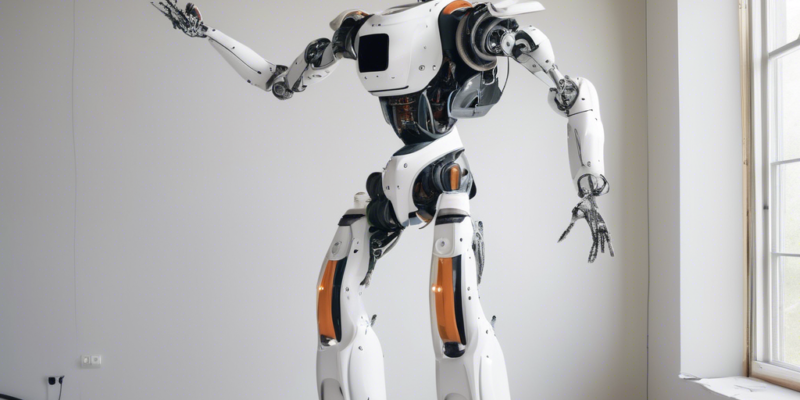Whether you’re remodeling or completing a new build, you’ve probably had to work with drywall.
And if drywall makes you want to climb the walls, we have great news: drywall robots are coming onto the market!
These machines are revolutionizing the construction industry, offering contractors a powerful new tool to improve efficiency, quality, and safety on job sites. This technology is transforming the way drywall installation and finishing is performed, providing numerous benefits for construction professionals.
Drywall Robot Advantages
Increased Efficiency: Drywall robots can significantly reduce the time required for finishing tasks. For example, the Canvas robot can complete a drywall finishing job in just two days, compared to the traditional five-day process. This dramatic reduction in cycle time allows contractors to maintain tighter schedules and complete projects faster.
Consistent Quality: Robotic systems deliver highly consistent results, ensuring a uniform finish across large areas. The Canvas robot, for instance, can achieve a Level 5 finish, the highest rating on the Gypsum Association’s scale. This level of consistency is difficult to achieve manually, especially over extensive surfaces.
Enhanced Safety: Drywall work often involves repetitive motions and exposure to dust, which can lead to injuries and respiratory health issues. Robots can reduce these risks by handling the most physically demanding aspects of the job. For example, Canvas’s robot captures 99.9% of dust during sanding, creating a safer work environment for your crew.
Labor Shortage Solution: With the construction industry facing significant labor shortages, robots can help fill the gap. They allow contractors to complete projects on time with fewer workers, while still maintaining consistent quality and high productivity.
How Drywall Robots are Used
Finishing: Robots like the Canvas system can apply joint compound, sand surfaces, and even perform taping operations. They use precision spraying techniques to apply material evenly and efficiently.
Installation: Some robots, like the HRP-5P humanoid robot, are being developed to handle drywall installation tasks, including lifting and positioning panels.
Multi-Surface Work: Advanced robots can work on walls, ceilings, and hard-to-reach areas, with some models capable of reaching heights up to 17 feet.
Various Project Types: As the technology continues to develop, drywall robots are becoming more commonly available for a wide range of construction projects, including commercial buildings, healthcare facilities, multifamily residential complexes, and more.
Why Drywall Robots are a Good Option for Contractors
Competitive Advantage: By leveraging this new technology, contractors can deliver projects faster and with higher quality, giving them an edge in the market.
Cost Efficiency: While the initial investment is significant (most models cost between $40,000 – $60,000 per robot), the increased speed and reduced labor requirements can lead to cost savings over time.
Workforce Development: Integrating robots into the workflow creates opportunities for workers to develop new skills in operating and maintaining advanced equipment, and can allow for fewer workers to get more done in the same amount of time.
Improved Working Conditions: By reducing physical strain and exposure to dust, robots can help create a more attractive work environment, potentially aiding in worker retention and recruitment.
Scalability: Robotic systems allow contractors to take on larger projects or multiple jobs simultaneously without proportionally increasing their workforce.
At Steadfast, we’re thrilled to see drywall robots making their way into the heavy equipment market. As these systems continue to evolve and become more widely adopted, they have the potential to transform the drywall trade, offering contractors a powerful tool to enhance productivity, quality, and safety on their projects.
While challenges in implementation and training exist, the benefits of drywall robots make them an increasingly attractive option for forward-thinking contractors looking to stay competitive in a rapidly changing industry.


